Stewart Ranch Services
Bowie, Texas
Brownsville Road Building in Brownsville TX
DESIGN YOUR DREAM
PROPERTY
LAND
ACREAGE
DEVELOPMENT SITE
POND
Brownsville Road Building: The Process and Equipment Necessary for Construction in Texas
The journey of road construction unfolds across time, progressing from mud and brick to the sophistication of advanced machinery. This historical evolution underscores the critical role roads have played in connecting diverse communities. Shifting our focus to the contemporary landscape, we scrutinize Brownsville road-building techniques, delving into the intricate methods and essential equipment components crucial for the success of projects in locations like Brownsville, TX. The incorporation of materials such as stone or mud bricks underscores the commitment to sustainability in modern construction practices.
Key Takeaways
Table of Contents
The Evolution of Brownsville Road Building
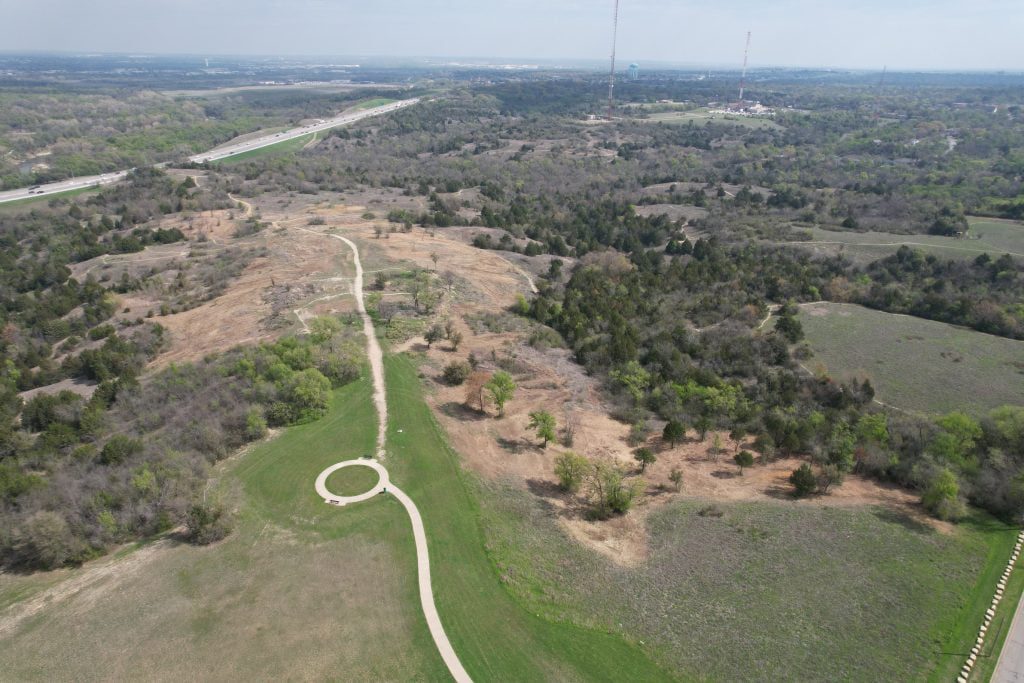
The evolution of constructing roads stands as a crucial chapter in human history, molding the trajectory of societal progress. From primitive materials to contemporary technology, the methods of road construction have undergone remarkable transformations.
Urban streets and rural byways have played pivotal roles in facilitating commerce, prompting the deployment of innovative strategies and resources to cater to the growing need for convenience. In this exploration, we delve into the historical journey from ancient marketplace avenues to the present-day landscape of road building in Brownsville, Texas.
Ancient Roads
Essential for regional communication since ancient times, roads have consistently evolved.
In Mesopotamia, early roads showcased innovation, using mud bricks with bitumen and raised centers for improved drainage and a smoother journey. The landscape of road construction underwent substantial changes during World War II, prioritizing efficient interconnection between urban areas, ranches, and farms through swift transport systems.
This era initiated a transformative phase for rural roads across the nation, emphasizing not only construction but also the maintenance of highways and related features like farm roads and ranch paths. The consideration of proper drainage system designs played a pivotal role in this evolutionary process.
Modern Road Construction
The landscape of road building in Brownsville, TX has undergone a substantial improvement, driven by the integration of advanced components and machinery. Contemporary construction techniques incorporate a diverse array of materials, from soil stabilizers and asphalt to concrete and dry lean concrete. This shift not only leads to cost-effective road maintenance but also enhances the overall durability of the roads.
Asphalt, a crucial component, is composed of 95% aggregate and 5% binder. Similarly, concrete, frequently employed by the Texas Department of Transportation for highways and major asphalt roads, is a blend of water, sand, cement, and aggregates. The decision on the material depends on various factors, including the intended purpose of the roadway, traffic volume, and geographical conditions.
Recent developments have ushered in a new era of swift progress in road construction, utilizing advanced machinery like excavators, compact track loaders, and dump trucks. These technological advancements contribute to heightened precision and efficiency in the construction process.
In addition to excavators and dump trucks, wheel loaders, working in tandem with dump trucks, are commonly used. Furthermore, sophisticated paving equipment plays a crucial role in constructing farm/ranch roads and urban pathways. It is noteworthy that, while Texas has specific requirements with a focus on cost considerations, various regional elements are taken into account.
Brownsville Road Building - Essential Steps
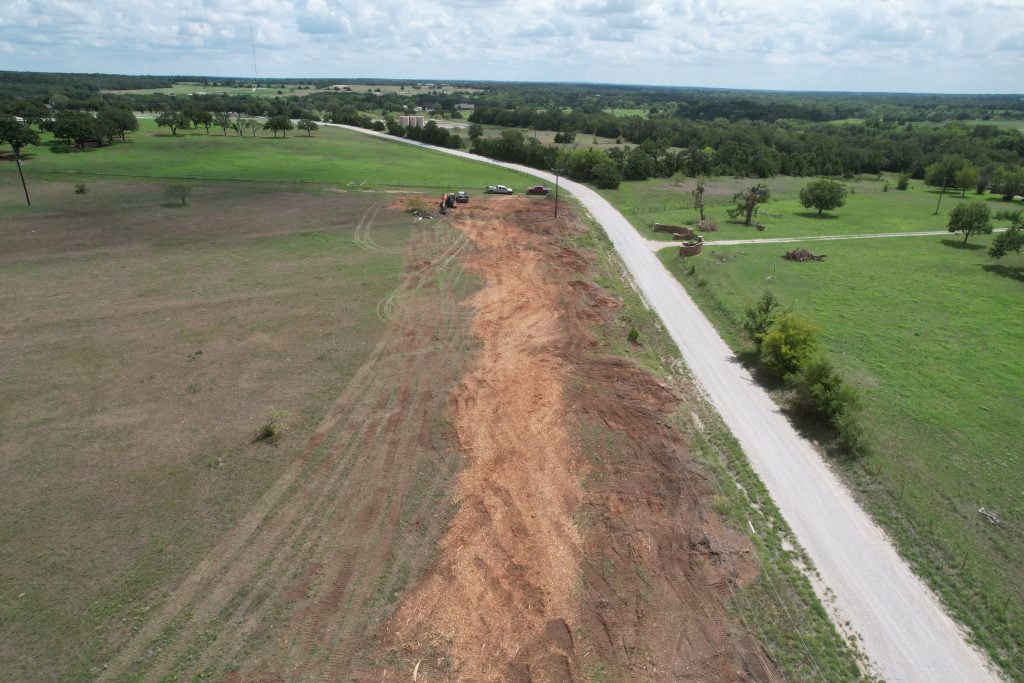
The success of road construction hinges on a meticulous and comprehensive approach, considering various essential phases. From initial design to execution, covering land clearing, earthworks, paving, and quality control, each step plays a crucial role in ensuring the security and stability of the constructed roads.
Delving into specifics, meticulous planning precedes any project, incorporating thorough land-clearing activities such as trench digging, tree removal, and soil grading. Planning also involves a detailed cost analysis, scheduling considerations, and logistics management, ensuring the availability of necessary equipment, skilled labor, and dependable subcontractors. Additional measures include the application of durable asphalt coverings, ensuring longevity with careful oversight from stringent quality assurance measures.
In Brownsville, TX, and its surrounding areas, Stewart Ranch Services offers a complimentary quote, marking the initial step toward the successful completion of your construction project.
Planning and Design
Road building in Brownsville, TX begins with a meticulous planning phase, a crucial element for ensuring the success of the project. This phase involves a comprehensive examination of essential elements such as existing and anticipated traffic patterns, detailed cost-analysis data, design blueprints, and financial prerequisites. Significantly, the involvement of civil engineers and city planners is pivotal in initiating a thorough planning process before handing over the project responsibilities to the designated construction company.
In the context of road engineering projects, specific considerations take precedence, including the establishment of speed limits based on the expected types of vehicles utilizing the roads. Additionally, the process includes angle grading, meticulous evaluations of potential view obstructions, and the determination of necessary braking distances. These considerations collectively strive to uphold safety standards tailored to the local community’s needs, ensuring an optimal driving experience while prioritizing the comfort of drivers.
Land Clearing and Site Preparation
In the realm of road building in Brownsville, TX, effective land clearing and site preparation are essential processes. This crucial phase involves removing vegetation, trees, and various materials from the land before construction can commence. Grading and excavation play vital roles in creating a level ground surface, crucial for proper drainage and to prevent issues like potholes in completed roads on farms or ranches.
The importance of land clearing extends to various construction projects, including buildings and roads. Tasks encompass adding or removing rock, dirt, trees, soil, trenching, ground excavation, embankment construction, and filling placement.
Utilizing advanced equipment like farm machinery, mini-excavators, and compact track loaders accelerates the land-clearing process, ensuring precision in height measurements during grading stages. This precision is crucial for shaping road locations efficiently.
Additionally, installing culverts is imperative to address potential flooding and safeguard against disruptions to productivity. These measures contribute to establishing high-quality access routes, seamlessly connecting markets to local farmers’ lands.
The integration of advanced tools forms the foundation of an effective system for laying the groundwork in rural areas, enabling safe car travel without encountering bumps caused by rainwater pools or insufficient underlying structures.
The application of paint on pavement and road markings
One of the key factors in making a highway safe and effective is the consistent application of pavement markings to mark directions and lanes.
Tips for pavement and road marking:
Road marking regulations:
All countries have their own regulations on pavement and road markings. If you want to be able to participate in large road marking projects, you need to be able to paint all types of lines and symbols according to these standards. In practice, this means you’ll need a multi-gun, multi-color setup. For example, a striper with automatic gun control makes it easy to make broken lines with great accuracy.
Curb Marking:
Curb marking is often a problem in pavement marking projects. A curb involves two surfaces at a 90° angle, which requires a special gun configuration to spray.
Reflective road marking:
Reflective lane marking requires a special material that contains glass microspheres. To apply these beads, the line marker requires a pressurized bead reservoir, such as the Graco Linelazer HP reflective series. It has an adjustable nozzle to control the width of the microsphere dispersion system and adds more precision.
Brownsville Road Building - Farm to Market and Ranch Roads
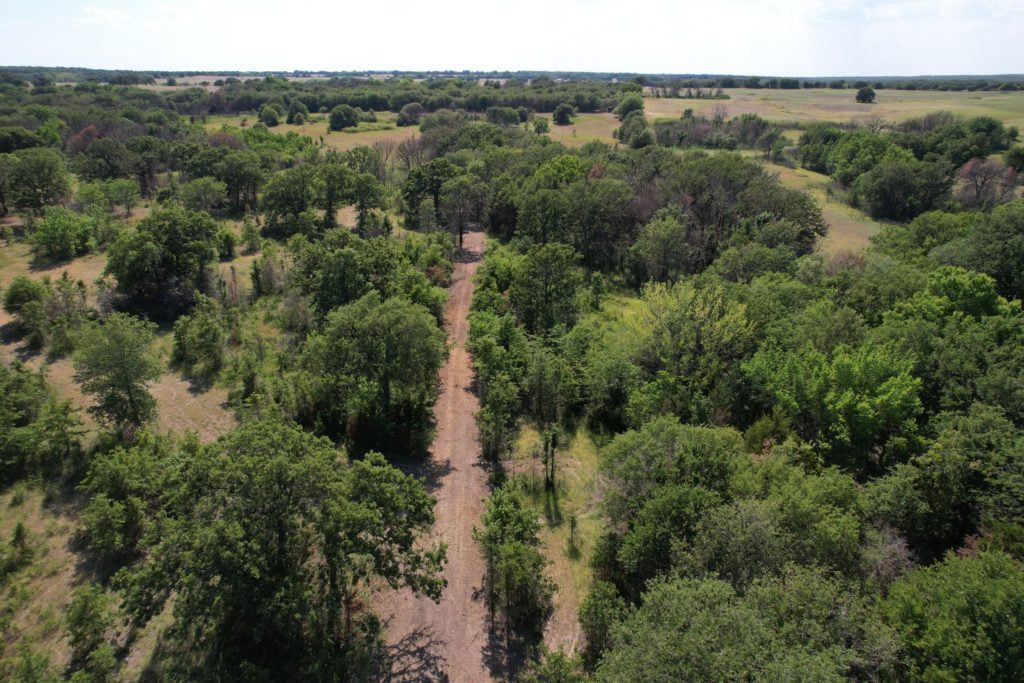
The unique purpose of farm roads lies in connecting rural areas to urban centers and facilitating the transportation of people and goods. However, constructing these roads is a complex task that demands attention to both safety and durability.
The process commences with a thorough assessment of the terrain to design an optimal route, followed by obtaining the necessary permits from authorities. Land clearing and soil preparation precede the actual construction, setting the stage for a robust road network.
Grading and paving are pivotal stages, with the choice between asphalt and concrete depending on specific project needs. Integrating drainage systems, constructing switchbacks, and erecting walls in hilly terrains are essential elements of the road-building process. Each step is integral to the creation of secure and functional routes that align with local agricultural requirements, including those of ranches.
Routine maintenance inspections are crucial for ongoing functionality, focusing on preserving the road’s optimal condition. Installing signage and features like gutter curbs plays a vital role in water control, particularly during periods of heavy traffic, preventing potential flooding.
Brownsville Road Building - Sustainable Practices
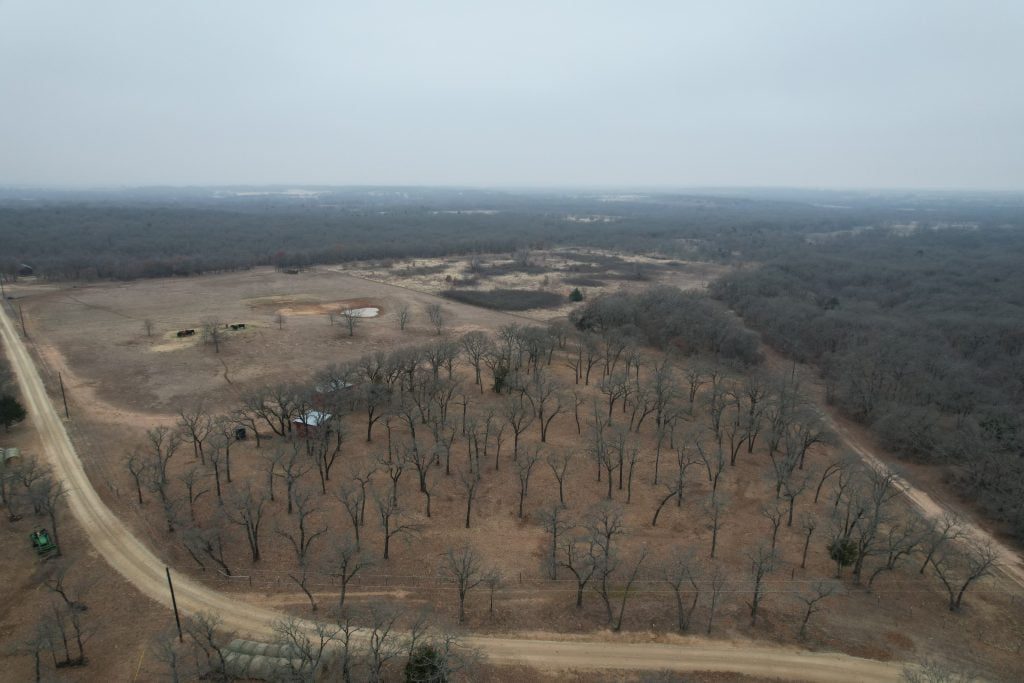
Road building in Brownsville, Texas is faced with environmental concerns, so sustainable practices to reduce the impact are crucial. To meet these standards, it is necessary to utilize materials during production that have a reduced effect on the environment and that can decompose in an eco-friendly way.
Employing methods such as using recycled asphalt and concrete instead of new materials or designing durable products for longevity will help minimize the amount used while also cutting down maintenance costs. By implementing these measures into road construction processes now we’ll create more environmentally friendly options going forward.
Case Study: Successful Road Construction Project in Texas
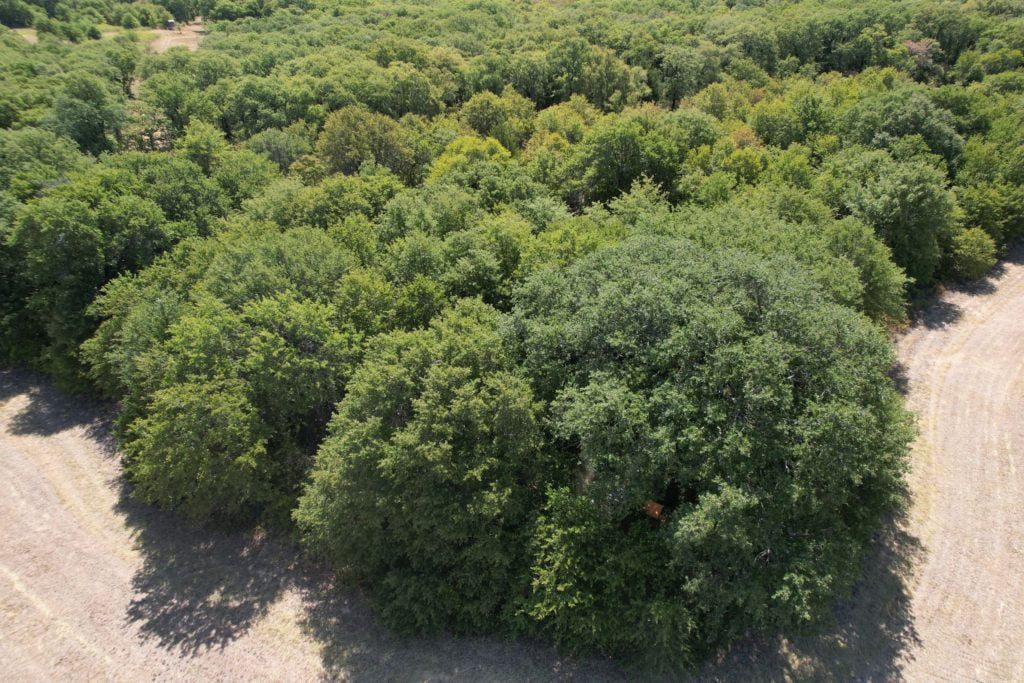
El Paso’s I-10 revitalization and expansion initiative serves as an excellent illustration of effectively managing the road construction process, akin to similar endeavors undertaken in Brownsville and San Antonio.
Successful execution hinged on meticulous preparation for both budgetary considerations and project timelines. A pivotal element in ensuring triumph was the employment of seasoned personnel, committed to continuous training and unwavering adherence to safety protocols. The inclusion of state-of-the-art machinery played an equally crucial role, ensuring precision and accelerating completion times.
The success of this highway redevelopment underscores the importance of employing cutting-edge methods in roadwork, showcasing rewarding outcomes derived from purposeful planning, skilled labor, and advanced equipment deployment within the concrete landscape of Texas, particularly in the domain of highway construction.
Summary
Road construction has evolved remarkably from the use of mud bricks and stone in ancient civilizations to today’s advanced materials and machinery. Success in any project depends on meticulous planning and comprehensive site preparation.
In Brownsville, road building has become increasingly crucial in our interconnected world. Prioritizing the construction of safe and durable roads, capable of lasting for generations, involves implementing best practices at every stage, including the careful sourcing of materials such as mud or any other necessary supplies.
Frequently Asked Questions
What is the meaning of road building?
In Brownsville, road-building projects rely on materials like asphalt and concrete, sourced from mining sites that transport gravel to various plants for production.
How do you build a road?
Brownsville road-building involves a meticulous process to guarantee longevity.
- Subgrade: Clearing the land, grading, and subgrade work are initial steps to establish a solid foundation. Subgrade work includes removing existing grass and topsoil for a comprehensive road-building approach.
- Material types: Utilizing materials like road base, crushed concrete, screened gravel, and asphalt millings are crucial for constructing resilient roads.
At Stewart Ranch Services, we specialize in Brownsville Road Building projects, providing expertise from land preparation to the final surface course, ensuring a durable and reliable road network.
